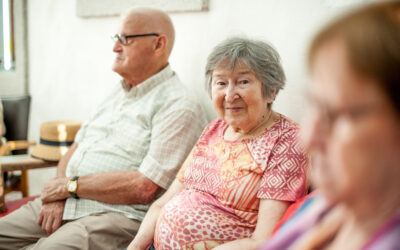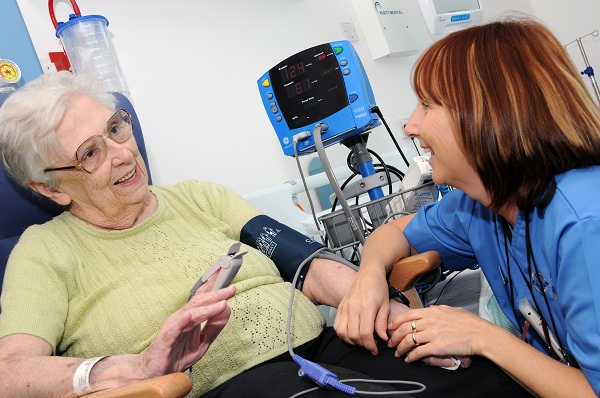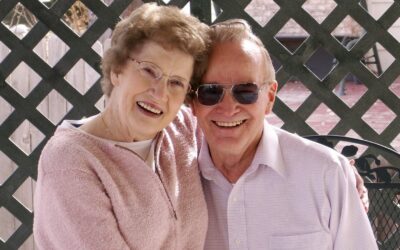 Subscribers Only
People
Subscribers Only
People 
The NHS has been in the news this week for all the wrong reasons. Instead of celebrating a system of universal care, free at the point of delivery, from cradle to grave of which we should all be proud, we have learned of appalling standards and management complacency at Mid Staffordshire NHS Foundation Trust and have heard about deep distrust of plans by Betsi Cadwaladr Local Health Board to reorganise services in North Wales.
Are these coincidence or symptoms of a deeper problem in the NHS?
What these two very different issues have in common is the question of management accountability, in particular accountability to patients and the wider community.
Underlying the many failings by Mid Staffs Trust was a lack of scrutiny of the performance of the senior management by its board members. They did not ask enough questions, they accepted what they were told by staff, they were insulated from patient complaints, they had no sense of urgency and they did not monitor implementation of their decisions – to name but a few of the criticisms. The Francis report says that many of the non-executive members of the board were appointed for the business expertise, i.e. not as members of the community.
In North Wales, whatever the merits or otherwise of the reorganisation proposals, it is clear that the Board – who voted them through – have not even taken many of their own staff let alone the wider community with them. Cue protests, negative headlines and more.
These examples highlight a structural problem in the governance of health boards or trusts.
In Wales, health boards comprise 20 members – a chair and vice-chair, 9 officer members (e.g. Chief Executive) and 9 non-officer members (which must include a local authority representative, university representative, trades union and third sector representatives). The non-officer roles typically involve 4 days a month, while the officer board members combine their board roles with their employee role. The non-officer members are, according to the Local Health Boards (Constitution, Membership and Procedures) (Wales) Regulations 2009, Ministerial appointments.
And there the problems lie.
First, the officer board members have split loyalties – they have both a scrutiny and delivery function and a day job, as well as accountabilities to another board member, the Chief Executive. It is extremely difficult for them to disagree with their colleagues let alone scrutinize themselves.
Second, the non-officer members are not in a majority – they cannot over-rule the officer members even if they wanted to. And on a mere four days a month – which for most is taken up with meetings – there is little time for them to scrutinize and challenge the professionals who are working full-time.
Third, the non-officer members are not necessarily representative of the community. They are appointed by the Minister, and are in theory accountable to the Minister and not to the community for the delivery of Government objectives. And Ministers’ priorities have been very much about finance and targets – precisely the circumstances in which the Francis report has warned that patients slide down the agenda. On top of this a substantial number of non-officer members are former employees of the health service or civil service, rather than people with strong community roots.
Taken together, this makes for a structure in which many board members identify with the organization rather than the patient, where it is difficult to scrutinize and challenge decisions, and in which accountability is driven by cash not care. All these conditions were found in Mid Staffs.
As a former NHS Trust board member, I found reading the Mid Staffs report very uncomfortable. I could recognize – albeit at a very much lower level – some of the circumstances in which poor care had flourished there. I suspect any board member would feel the same. That said we actively used tools to make sure that we heard patients’ and the communities voice, from hearing patient stories at committee meetings, to numerous public meetings and, best of all, chatting with friends, neighbours, relatives, people at the bus stop to hear their accounts of their care. This doesn’t stop the one-off incident, but it does provide a litmus test for general lapses.
All health boards in Wales have a duty to reflect long and hard on the Mid Staffs findings. They must particularly do so as they embark on reorganization of services, so that financial expediency does not overshadow patient safety.
But that is not enough. The wider community must actively scrutinize health board decisions. It is not clear if Community Health Councils (themselves often staffed by former NHS managers) are up to this task, and it is notable that it has been local authorities in North Wales (Conwy and Denbighshire) which have spoken out most loudly about the Betsi Cadwaladr reorganisation. This is not to say that there should be no change, but that any change must be clearly, carefully, publicly and explicitly scrutinised and risk-assessed.
As for could Mid Staffs happen here, the Assembly’s Health Committee – and not the Minister who after all appointed half the board members – should rigorously scrutinise clinical governance in each of Wales’s health boards. Patient safety should be top of the agenda, for if patients aren’t safe, the NHS has fundamentally failed.
Victoria Winckler is Director of the Bevan Foundation


